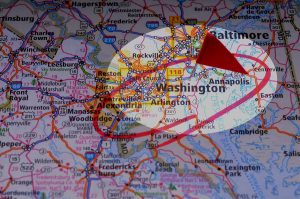
With the ability to fast forward through commercials on our DVRs, brands have had to get more creative with their advertising. Speaking to a captive audience through sponsorship of events has proven to be one way to capture the short and distracted attention spans of today's consumers. But, as we've written about on this blog, with sponsorships becoming more appealing to brands, event organizers have to up their game from simply offering a logo on a sign to coming up with creative experience-based sponsorship packages. But these "packages" are not your grandfather's sponsorship options, today's sponsorships are personalized to both the event attendees and the sponsor.
This report suggests getting rid of the notion or gold, silver, and bronze sponsorship packages. Instead, it suggests tailoring the sponsorship offerings to the needs and even the mission of the sponsor organization. Key sponsors can be attracted by a package that aligns closely with their business mission and branding. A couple of ideas:
- Snack or break sponsors - Instead of just putting up a banner with "Break Sponsored by X Company" customize it to fit the sponsor. If they company has the word "red" in their name, have all red colored snacks available. If a sponsor's name includes the word "water," they may make a great option for sponsoring water bottles or stations.
- Sponsor lockers - Having a bank of lockers to store extra bags and electronics can be especially handy in urban locations where people take public transit. Pay for this addition with sponsor dollars from a cybersecurity company and come up with a catchy theme about keeping all your valuables locked up.
- Sponsor the wifi - Everyone loves free wifi. Let a sponsor get the credit for the perk of wifi and include a quick ad that pops up or rolls when people access the network. This would be great for a networking or telecom company that touts fast speeds or connectivity as part of their brand promise.



 While the location of an event may not make or break it, the venue has a huge impact on the attendees' experience. The content could be fantastic, but if people have to circle a parking lot for 30 minutes looking for a space, they may not be ready to take in all the great information being delivered (speaking from experience....).
While the location of an event may not make or break it, the venue has a huge impact on the attendees' experience. The content could be fantastic, but if people have to circle a parking lot for 30 minutes looking for a space, they may not be ready to take in all the great information being delivered (speaking from experience....).

